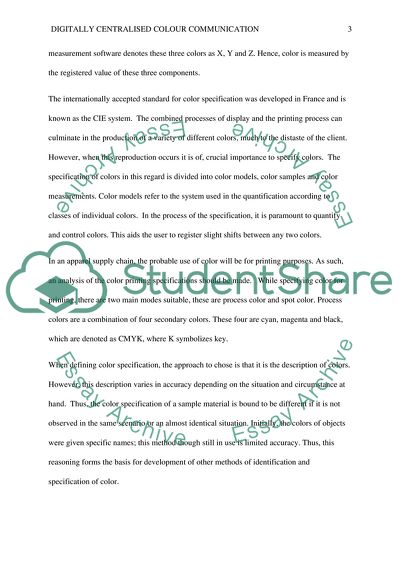Cite this document
(Digital Centralised Colour Communication Term Paper, n.d.)
Digital Centralised Colour Communication Term Paper. https://studentshare.org/performing-arts/1790864-digital-centralised-colour-communication
Digital Centralised Colour Communication Term Paper. https://studentshare.org/performing-arts/1790864-digital-centralised-colour-communication
(Digital Centralised Colour Communication Term Paper)
Digital Centralised Colour Communication Term Paper. https://studentshare.org/performing-arts/1790864-digital-centralised-colour-communication.
Digital Centralised Colour Communication Term Paper. https://studentshare.org/performing-arts/1790864-digital-centralised-colour-communication.
“Digital Centralised Colour Communication Term Paper”. https://studentshare.org/performing-arts/1790864-digital-centralised-colour-communication.


